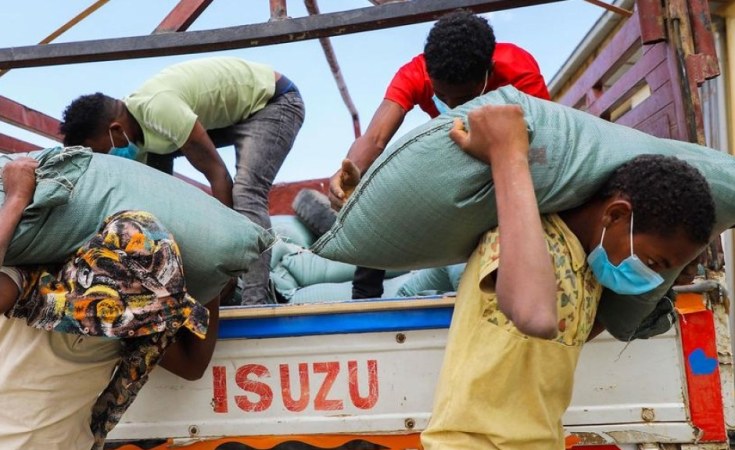Cape Town — The northern Ethiopian region has been the centre of a battle for control between the Tigray People's Liberation Front (TPLF) - which led the country's previous government - and the current administration of Prime Minister Abiy Ahmed since November 2020.
The conflict has become what World Health Organisation Director Tedros Adhanom Ghebreyesus - whose family originated from Tigray - recently described as a health crisis for more than 6 million people, and one 'the world is not paying attention' to. Between 385,000 and 600,000 have been killed since the conflict began with "war rape" being a daily threat for women and girls.
Despite tensions, hope remains for peace after a truce was brokered between the TPLF and the Ethiopian government by South Africa. So said Webster Zambara, senior project leader on the Peacebuilding Interventions Programme at the Institute for Justice and Reconciliation (IJR).
Speaking to Radio 786, Zambara said that new mediations and negotiations were made at a high level and they involved former presidents Olusegun Obasanjo of Nigeria, Uhuru Kenyatta of Kenya and former vice president of South Africa Phumzile Mlambo-Ngcuka. "Signing the truce was the most important thing since November marks two years since the start of the war," Zambara said.
Resolution to end the conflict has been fraught with failed peace talks, with the latter half of 2022 presenting escalated hostilities following a brief spell of peace. During August, Tigrayan rebels accused the central government in Addis Ababa and Eritrean troops of launching what they call a "large-scale offensive". The government in Addis Ababa, however, claimed the Tigrayan rebels initiated the offensive.
As a result, about 574,000 people in Afar, Amhara, and Tigray were displaced when the fighting resumed, according to ReliefWeb. This ended a five-month truce between the rebels and the government, prompting a group of 35 local civil society organizations to issue a joint statement calling for peace in Ethiopia. In September, 2022, talks of a possible ceasefire were left in doubt after airstrikes reportedly killed ten people in the capital of the Tigray region.
The toll of the 24-month conflict has left a major impact on the population. "Thousands have died. A million people or more have had to migrate to the United Arab Emirates (UAE)," Zambara said, noting a rapid rise in internally displaced people (IDPs) as well. In the Tigray region, the humanitarian crisis is even more pronounced, according to Zambara, and echo similar concern made by the United Nations High Commissioner for Refugees; the body framed the catastrophic effect on human life by noting that 9 million people across Tigray, along with the Afar and Amhara regions, are in extreme need of food aid.
"The November truce is quite important as another agreement was signed on the implementation of the truce, and this was done in Kenya," he said.
Zambara said that the challenge now was the addressing of two particular issues: disarmament and humanitarian aid, the latter being of more vital importance. With regard to disarmament, Zambara said that Prime Minister Abiy Ahmed insisted that the TPLF lay down their arms first. Zambara also said the additional unknown factor of the Eritrean army's withdrawal from hostilities: "The other issue is that nothing is being said by Eritrea's army, which was also fighting on the side of the Ethiopian government; is each going to withdraw? How soon are they going to disarm?"
"It all boils down to the governance structure of Ethiopia," said Zambara, going on to add that Ahmed's ascent to power in 2018 was predicated on a desire for a centralised system of governance. This, however, has been a prime motivator of resistance by the Tigrayan people who feel that the power of a three-decade period of independent rule is waning.


